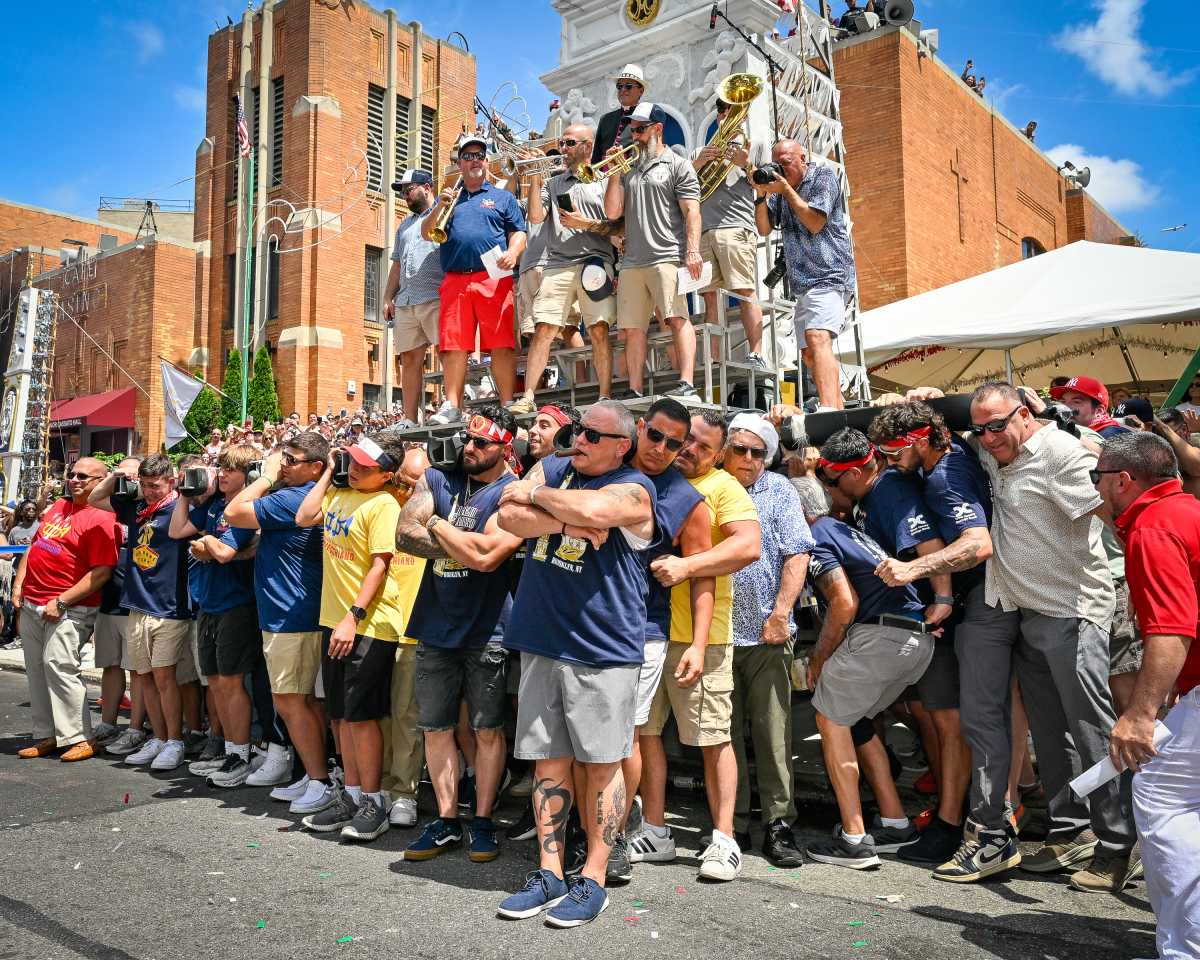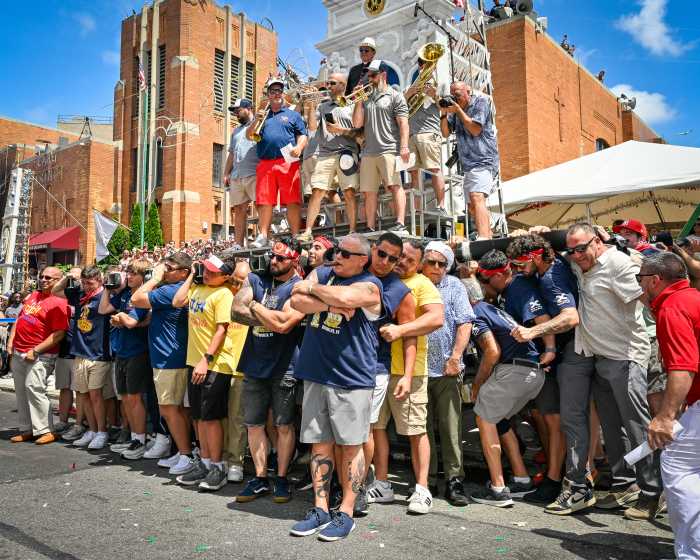Bar oversaturation in the East Village and Lower East Side is shaping up to be a defining issue in the Democratic primary race in City Council District 2. At an East Village candidates forum on Monday night, bars — and whether candidates admit taking contributions from bar owners — were among the discussion topics. Some candidates seemed to be using the bar issue to score points against each other.
More constructive were the comments of those candidates who suggested zoning could possibly be used to limit the number of taverns on a given block. This is something Community Board 3 may look into under its fledgling 197-a rezoning plan. Yet, a 197-a plan can take seven years. Maybe the city can do something before then, however, to change the use-group zoning in the East Village and Lower East Side to address oversaturation.
More revolutionary was the proposal of one candidate, Brian Kavanagh, that the city gain local control over the review of liquor licenses. Yes, State Liquor Authority hearings are held at the Harlem State Office Building, but the S.L.A. is a state agency. Its three commissioners are the governor’s appointees.
Bar oversaturation is also a problem in Soho, Greenwich Village and Little Italy. The S.L.A.’s lack of responsiveness to — and outright disregard of — the community is legendary Downtown. Board 3 enacted a liquor license moratorium last year but its opinion is only advisory. Reforming the authority so New York City has more control over its own fate is an excellent idea, and maybe our only hope for a change anytime soon.
Jodie gets a sign, but problems persist
The co-naming of E. 11th St. and First Ave. last week for Jodie Lane brought back all the painful memories of her tragic death in January of last year. Following Lane’s electrocution on a slush-covered Con Edison junction box, there were lengthy hearings; Con Ed checked all its street utilities and found lots of stray voltage, fixed these sites and claimed things were under control once again; and new legislation was passed to keep Con Ed on a tighter leash, requiring annual inspections of their street utilities.
But as Jodie Lane’s father, Roger, said last week, there’s no telling when a stray voltage leak will occur — and no system in place, other than shocked dogs and pedestrians, to alert us. Yes, people’s shoes insulate them from potential injury or electrocution. Dogs, of course, are still getting shocked through their paws. But what if, as Roger Lane said, a small child fell in the street and his or her hands came in contact with a juiced-up manhole or junction box cover?
Clearly, the solution must go beyond mere inspections. The utilities’ materials are a problem; the lack of a warning or shutdown system is a problem.
The dedication of Jodie Lane Place is a reminder to us — and especially to Con Ed — that we are not safe in our own city, and that much more work needs to be done.







































